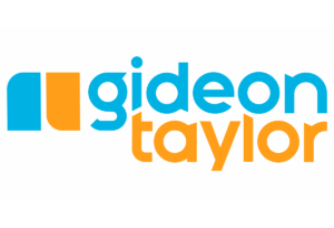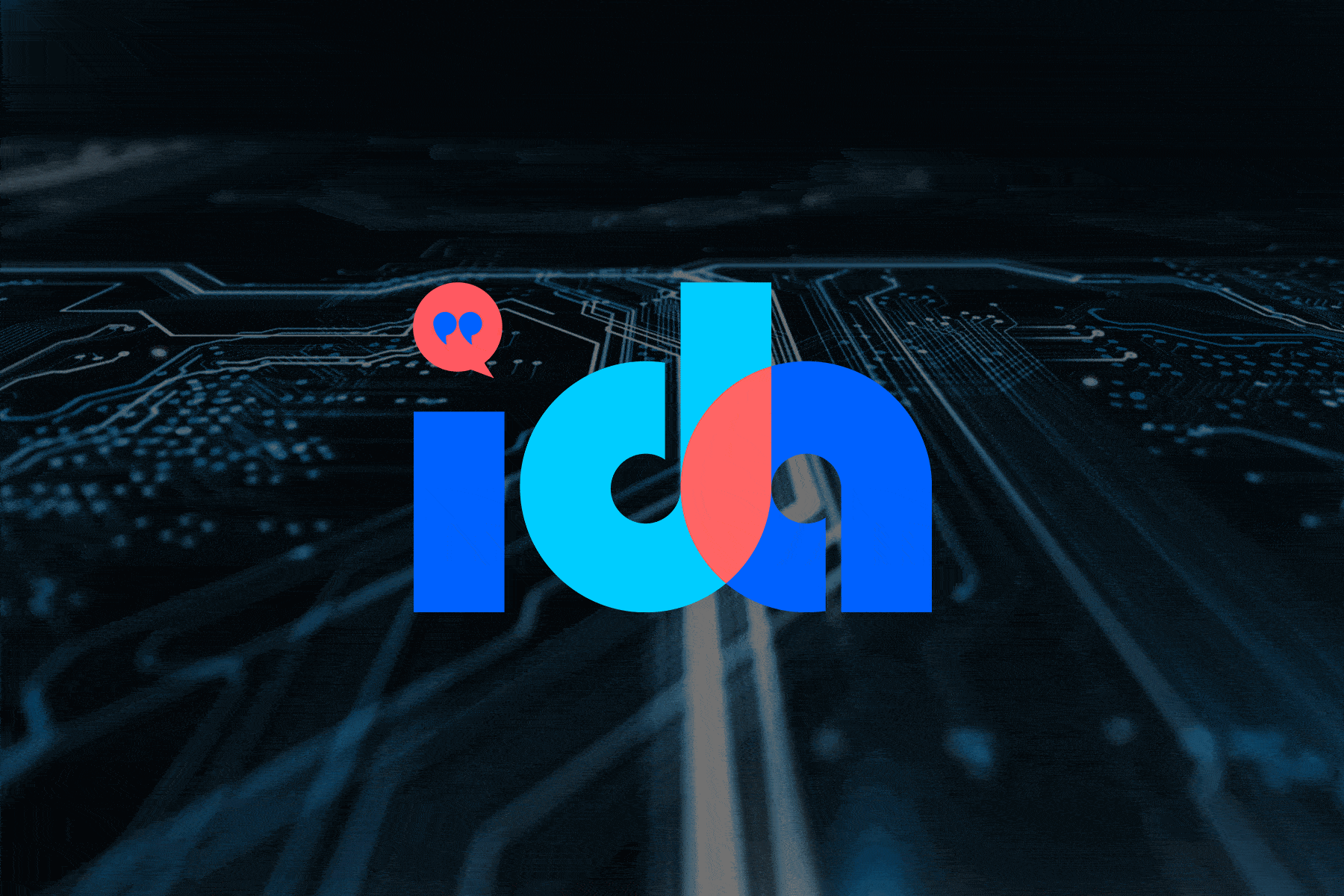
The first step of our process is to insert valid values into the fields on the mapping page, then run the CI and make sure the record has all the data it needs to save. Once we have validated that we have all the right fields, then we begin designing the form. One of the most valuable aspects of designing an efficient form is identifying any fields that the form could intelligently fill-in on its own, whether that’s by setting a constant or by configuring logic for the form to determine the appropriate value. (Each field that the form can populate automatically means less work for the user.) Then we put the remaining fields on the form for the user to provide the information. By knowing the ending before we begin development, we can simplify the information that the user has to provide, ensure greater accuracy, and make the entire process more efficient!






